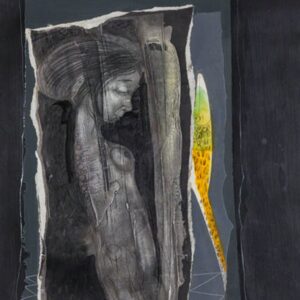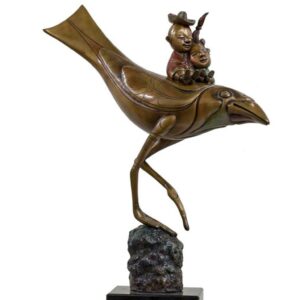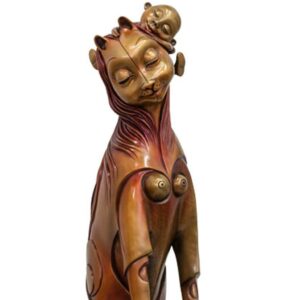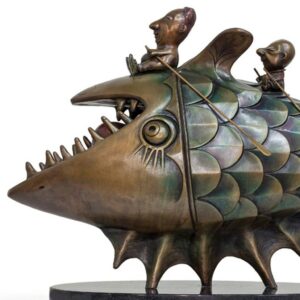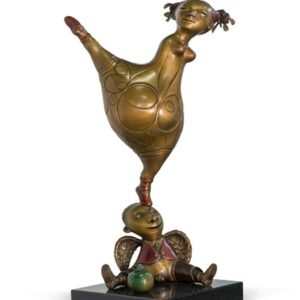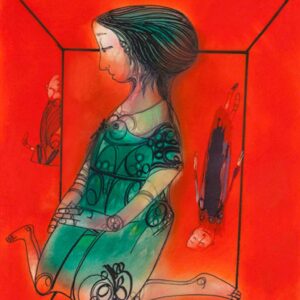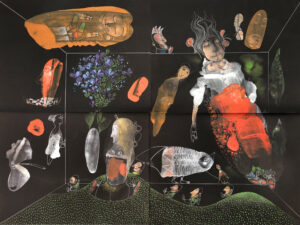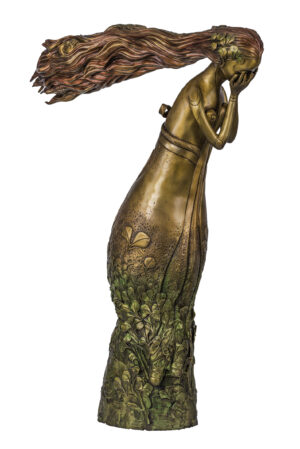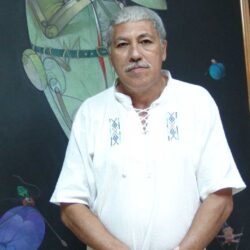
Pedro Pablo Oliva
Related Events
About Artist
Nobody was surprised when Pedro Pablo Oliva (1949, Pinar del Río) was announced the winner of the National Prize in Visual Art in 2006. As stated by David Mateo, this was, “a prize of public consensus.” And it is, because Oliva’s work is, undoubtedly, among the greatest examples of visual arts in the Island. The far-reaching distinction was not the initial recognition already ensured many years ago by said “public consensus”, but merely a confirmation of the substantial contribution made by this creator with his work and of his preeminent place in the history of Cuban art.
Pedro Pablo Oliva’s work has been marked by the spirit of the so-called “generation of true hope” that flooded the Cuban art scene during the troubled decade of the 1970s. Those artists were molded, artistically and ideologically, in the late 1960s in the classrooms and workshops of the National School of Arts of Cubanacán, first of its kind founded by the still young Cuban Revolution. That academic training, the staff members, and an improbable mixture of nostalgia and utopian projection (in addition to which a certain sense of urgency exhorted to retake and concretize the search for a national idiosyncratic expression) ended by attracting many of these artists, in their form and spirit, to the project of the first Cuban modernity. Those were years of bursting lyricism and utopian idealism disguised as realism, concretized in works that praised rural life, the anonymous faces of the people, and the epic of the daily individual symbolically validated by the revolutionary power. This imagery and its tradition were then flaunted generation with the fusion of a critical inquiry of daily life, a spirit of avant-garde and the notion of an art willing to act as agent of spiritual and social change.

